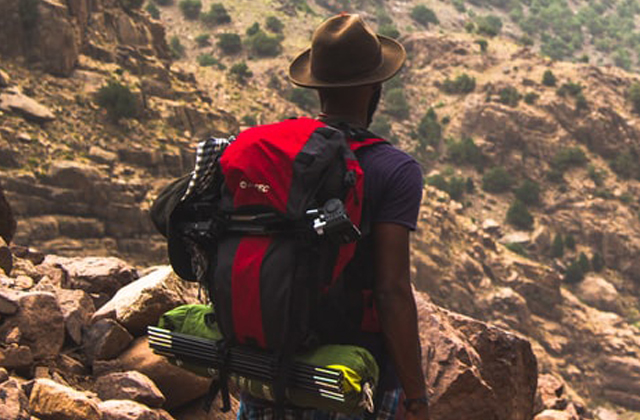The Seven Natural Wonders of the World represent some of the most awe-inspiring and iconic landmarks on Earth. These wonders, formed by natural processes over millions of years, reflect the beauty and power of nature. Each of them holds a unique place in geography and culture, drawing millions of visitors annually. Let’s explore each of these seven wonders, diving into their significance, beauty, and characteristics.
1. Mount Everest – The Tallest Mountain in the World
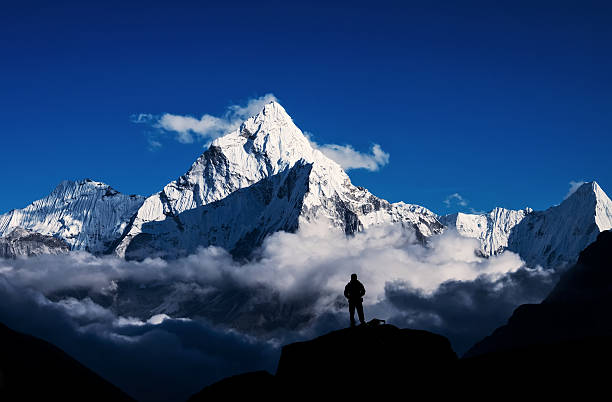
Mount Everest, standing at 8,848 meters (29,029 feet) above sea level, is the highest peak on Earth. The monument, located on the Nepal-China border in the Himalayas, symbolizes human endurance and the extreme conditions of high-altitude environments.
Everest attracts adventurers, climbers, and trekkers from all over the world. And Many people attempt to climb Mount Everest to test their limits and experience its unparalleled majesty despite the fact that the journey to its summit is a treacherous one that can take months of preparation. The vibrant Sherpa communities in the Khumbu region add cultural richness to the surrounding natural landscape.
2. Victoria Falls – The Largest Waterfall in the World
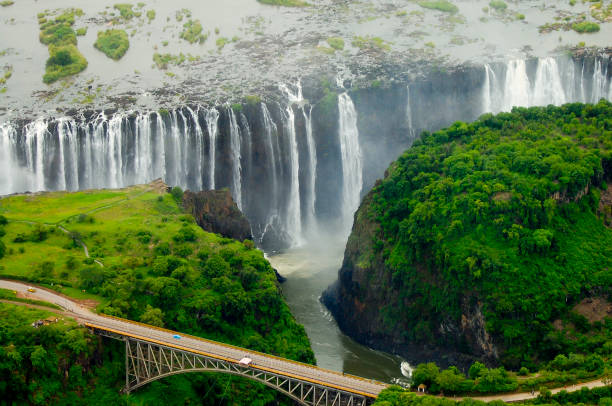
Victoria Falls, or “Mosi-oa-Tunya” (The Smoke that Thunders), straddles the border between Zambia and Zimbabwe. It is the largest waterfall in the world, with a width of 1.7 kilometers (1.1 miles) and a height of 108 meters (354 feet). The falls are part of the Zambezi River, creating a breathtaking spectacle of water plunging into a narrow gorge, sending mist into the air that can be seen from miles away.
And During the rainy season, the volume of water cascading over the falls increases dramatically, making it an even more impressive sight. Visitors can experience Victoria Falls from different vantage points, including boat trips along the river and scenic helicopter flights that offer stunning aerial views.
3. The Great Barrier Reef – The Largest Coral Reef System
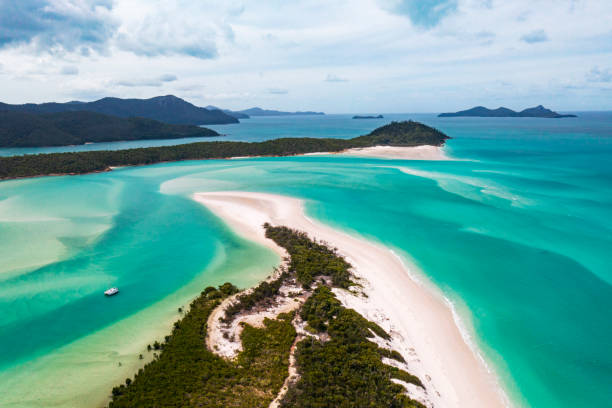
The Great Barrier Reef, spanning over 2,900 kilometers (1,802 miles), is the largest coral reef system on the planet, located off the coast of Queensland, Australia. One of the most complex ecosystems in the world comprises over 2,900 individual reefs and 900 islands. This vibrant marine wonder is home to an astounding array of species, including fish, corals, sharks, turtles, and marine mammals.
Scuba divers and snorkelers frequently visit the UNESCO World Heritage Site, the reef, for its popularity. However, the Great Barrier Reef faces significant threats from climate change, overfishing, and coral bleaching. Despite these challenges, efforts are being made to preserve its biodiversity and ensure its survival for future generations.
4. Grand Canyon – A Geological Marvel

The Grand Canyon, located in the state of Arizona in the United States, is a massive canyon carved by the Colorado River over millions of years. It is 446 kilometers (277 miles) long, up to 29 kilometers (18 miles) wide, and more than 1.8 kilometers (1 mile) deep. The canyon is known for its stunning layers of red, orange, and pink rock that reveal the Earth’s geological history.
Visitors can hike the trails, raft on the Colorado River, and take in the expansive views from observation points along the rim at the Grand Canyon. The Grand Canyon is also a sacred site for several Native American tribes, adding cultural significance to its natural beauty.
5. Aurora Borealis – The Northern Lights

The Aurora Borealis, commonly known as the Northern Lights, is a mesmerizing natural light display that occurs in polar regions. Collisions between charged particles from the sun and the Earth’s atmosphere are what produce these lights. The result is a stunning array of colors, including green, purple, red, and yellow, dancing across the night sky.
In countries like Norway, Sweden, Finland, Iceland, and Canada, you can find the best places to view the Northern Lights near the Arctic Circle. This phenomenon has fascinated humans for centuries and continues to be a source of wonder and inspiration. The unpredictability of the Aurora adds to its allure, making each sighting a unique and magical experience.
6.Parícutin – A Young Volcano in Mexico
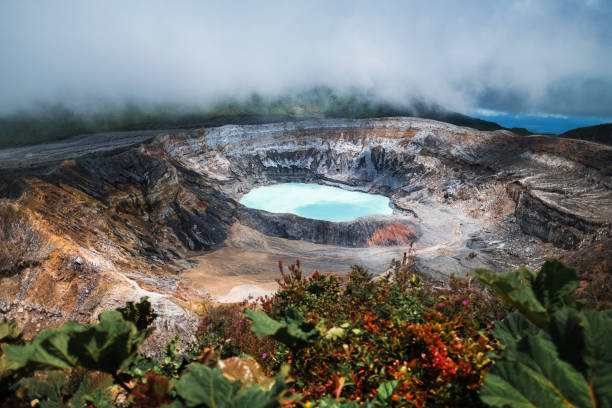
Mexico’s Parícutin is a cinder cone volcano that is part of Michoacán. It is one of the youngest volcanoes on Earth, having emerged unexpectedly in a farmer’s field in 1943. Over the next nine years, Parícutin erupted continuously, eventually growing to a height of 424 meters (1,391 feet).
The birth and development of Parícutin were closely observed and documented, making it a significant event in the study of volcanology. Today, the volcano is dormant, but visitors can hike through the lava fields and climb to its summit, experiencing the raw power of Earth’s geological forces.
7. Harbor of Rio de Janeiro – A Natural Bay Surrounded by Mountains
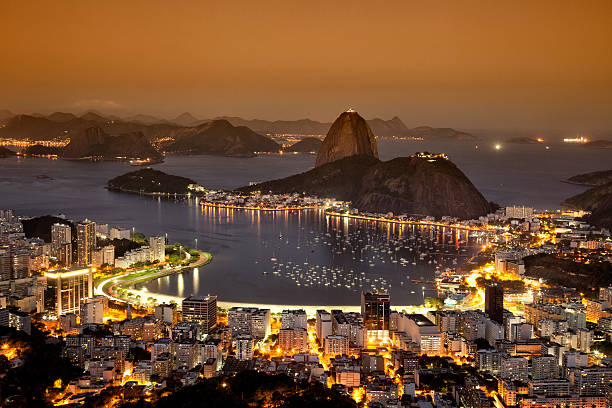
The Guanabara Bay, another name for Rio de Janeiro Harbour, is a sizable natural bay in southeast Brazil. It is surrounded by granite peaks, including the famous Sugarloaf Mountain, Corcovado Mountain (home to the iconic Christ the Redeemer statue), and the Tijuca Forest, one of the largest urban forests in the world.
The harbor’s unique geography, with its deep blue waters and surrounding green mountains, makes it one of the most scenic locations on Earth. Visitors to Rio de Janeiro can enjoy panoramic views of the harbour from various viewpoints, including the top of Sugarloaf Mountain and the Corcovado.
Conclusion
The Seven Natural Wonders of the World showcase the diverse beauty and power of nature, from towering mountains and cascading waterfalls to intricate coral reefs and volcanic formations. These wonders remind us of the importance of preserving and respecting the natural world, as many of them face threats from environmental degradation and climate change. By visiting, learning about, and supporting conservation efforts for these wonders, we can ensure that they continue to inspire awe and admiration for generations to come.
Read More: Seven Wonders of the World: How They Shaped Our History
FAQs about the Seven Natural Wonders of the World
1. Why were these locations chosen as the Seven Natural Wonders?
These wonders were selected based on their natural beauty, geographical uniqueness, cultural significance, and awe-inspiring qualities. Each aspect of Earth’s natural forces is showcased by every site, from towering mountains and massive canyons to vibrant marine ecosystems and rare natural phenomena.
2. Can you visit all Seven Natural Wonders?
Yes, all Seven Natural Wonders are accessible to tourists. and some experiences, such as those with Mount Everest and the Aurora Borealis, may necessitate specialized travel arrangements or specific times of the year for full enjoyment. Others, like the Great Barrier Reef and the Grand Canyon, are popular tourist destinations with infrastructure to support large numbers of visitors.
3. Is the Great Barrier Reef dying?
The Great Barrier Reef faces significant threats from climate change, including coral bleaching caused by rising ocean temperatures. While some parts of the reef are still vibrant, large sections have been damaged. And the reef is being protected and restored through conservation efforts, but its long-term future remains uncertain without global action on climate change.
4. How difficult is it to climb Mount Everest?
Climbing Mount Everest is an extremely challenging and dangerous endeavor, requiring months of physical preparation and experience in high-altitude mountaineering. Climbers face risks from avalanches, extreme cold, and altitude sickness. A despite this, hundreds of climbers attempt the ascent each year, though not all make it to the summit.
5. Can you see the Aurora Borealis year-round?
No, the Aurora Borealis (Northern Lights) is only visible during certain months, formerly between October and March when the nights are longest in the northern hemisphere. Clear skies and minimal light pollution are essential for a good view.


